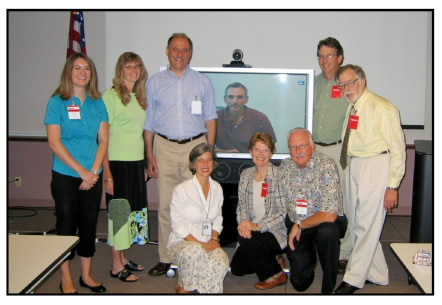- Several underlying premises have provided guidance for award design and implementation. First, the award criteria must be adaptable to different work conditions and administrative structures inherent within some work sectors. Second, the ultimate goal of preventing noise-induced hearing loss was the focus of our efforts and not regulatory compliance. Third, the award applicants are given the freedom to demonstrate their evidence of hearing loss prevention in a manner that best exemplifies this goal and is more germane to their efforts. This approach was felt to be more inclusive and would also allow for the discovery of atypical successes in hearing loss prevention efforts. Fourth, innovation and quality are highly valued. Fifth, there currently is no “gold standard” for measuring the objective success of hearing loss prevention programs. Therefore we must rely on indicators that are felt to be associated with successful hearing loss prevention efforts. Lastly, the award criteria must be dynamic and adaptable to the ongoing process. Additional information on Safe-in-Sound Award™ history, winner values and characteristics were summarized by Meinke and Morata (http://www.safeinsound.us/pdfs/Meinke%20Morata%2012.pdf)
The NIOSH/NHCA expert committee was established as part of a NIOSH Public Health Practice Project (#927Z8UF). Project funding was provided by three North American Industrial Classification System (NAICS) sectors; Construction (23), Manufacturing (31-33) and Services (51-56, 61, 71-72, 81 & 92). Six expert committee members were selected by project director; Dr. Thais Morata. Individual committee members have diverse backgrounds and areas of expertise in hearing loss prevention. The initial kick-off meeting was held on July 26, 2007 in Cincinnati, Ohio. Both an open session attended by NIOSH staff and a closed work-session meeting were held. Committee work has been accomplished by a series of conference call meetings and email correspondence.
